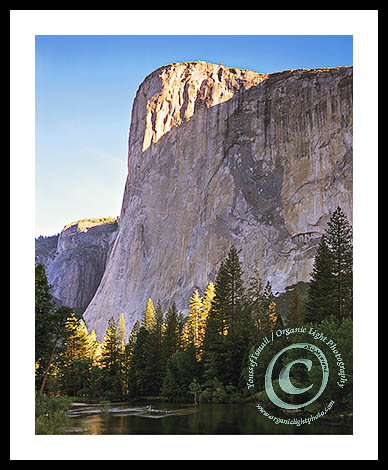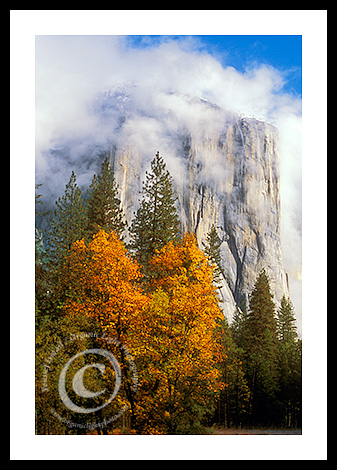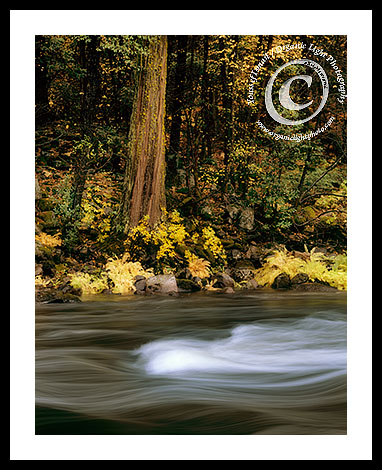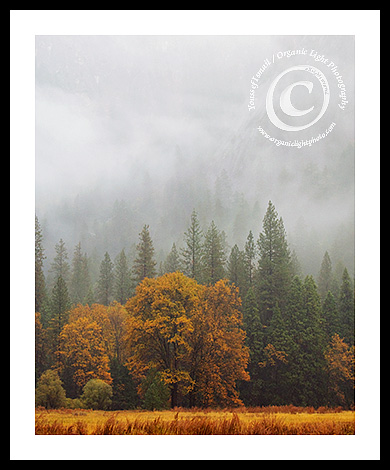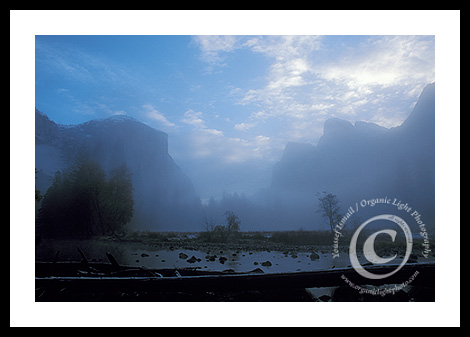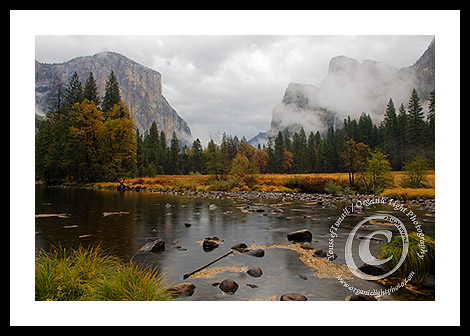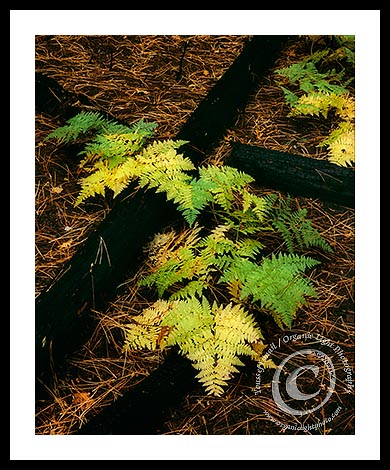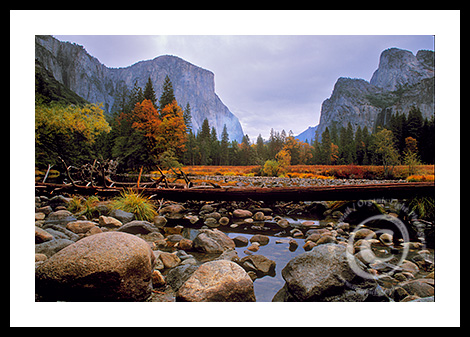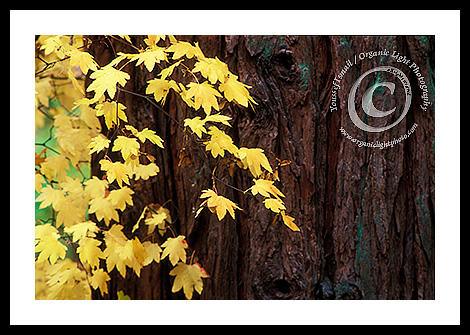Making Great Oatmeal
Last month while in the Yosemite Valley photographing the autumn color I had an opportunity to eat at the Yosemite Lodge Food Court. In years past the food was just shy of being unbearable. However this year there was something different about the food, it was actually good. The cooks are now sensitive to what the patron wants and I am sure almost everyone’s taste and diet could probably be accommodated.
On my first morning there for breakfast I had a bowl of oatmeal. Nothing so fancy about oatmeal, in fact it is a very bland food. I have been eating oatmeal for breakfast at home for years. In my oatmeal, once cooked, I add a pat of raw cultured butter, a little salt, a handful of fresh or frozen blueberries, a little raw whole milk mix it all in and then top it off with a little real maple syrup. The aroma is always pleasing and one bowl very satisfying and gives me the energy I need for at least 6 hours. I thought my oatmeal was good until that first breakfast at the food court this year.
The oatmeal I was eating that morning was different, it had texture and consistency and more importantly it had some bite to it. I started to wonder why my oatmeal at home was not like this. My oatmeal, although loaded with all wholesome toppings, left me somewhat unsatisfied. I then realized that the problem was in the oatmeal itself. For years I had resorted to using instant or quick cook oatmeal, you know, the just add hot water kind of oatmeal. The resulting oatmeal was thin and almost paste like. Chewing it was optional and eating it took nearly no time at all. So when I returned this year from Yosemite I purchased regular rolled oats and proceeded to make better oatmeal.
It turns out that you only need three ingredients to make great oatmeal, well actually four. Rolled oats, water, salt and time. The recipe is simple: 1 and 1/2 cups of water brought to a boil, 1/8 of a teaspoon of salt, and 1 cup of rolled oats. Add the oats to the boiling water and bring the oats to a boil and reduce the heat to low. Continue to stir until the water is absorbed and cooked away to give the consistency desired. Now my oatmeal has that bite that I so enjoyed that morning in Yosemite and now my oatmeal is not only good, its great!
So the other day I was thinking about how I make my oatmeal now. My process is no longer automatic. I no longer rely on the manufactured quickness of my instant oatmeal packs. I use three simple ingredients, oats, water and salt, and then give it some time. It then hit me that photography is really nothing more than three simple parameters as well and a little time: aperture, shutter, and film or sensor sensitivity. The automatic cameras of today take all those three basic parameters out of your hands and give you quick instant photos that are good, but are they great?
What if you reclaimed control of your camera and decided for yourself what the aperture, shutter and ISO sensitivity should be for your photography? What if you slowed down long enough to determine how much light was available so that you could determine how long to leave that shutter open and render the desired density of light on your film or sensor to your liking. What if you examined the scene sufficiently so that you could determine how much texture and how much creaminess resulted in your photo by choosing the aperture properly. What if you had the final decision as to how sensitive the sensor or film is so that you could control the graininess of your imagery. Do you think your photos would move from being good to being great? I do. I would like you too as well. Give it a try, you have nothing to lose, literally. And if you need some help in doing that, let me know.
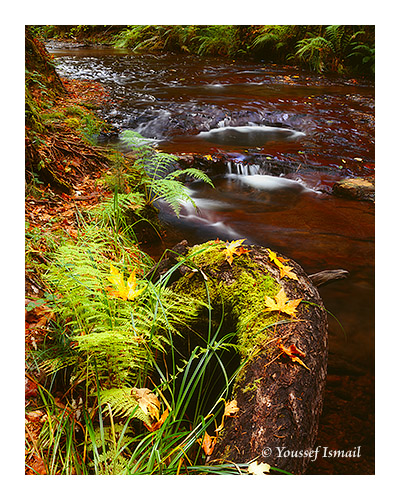
The Stage
 Loading Image...
Loading Image...






